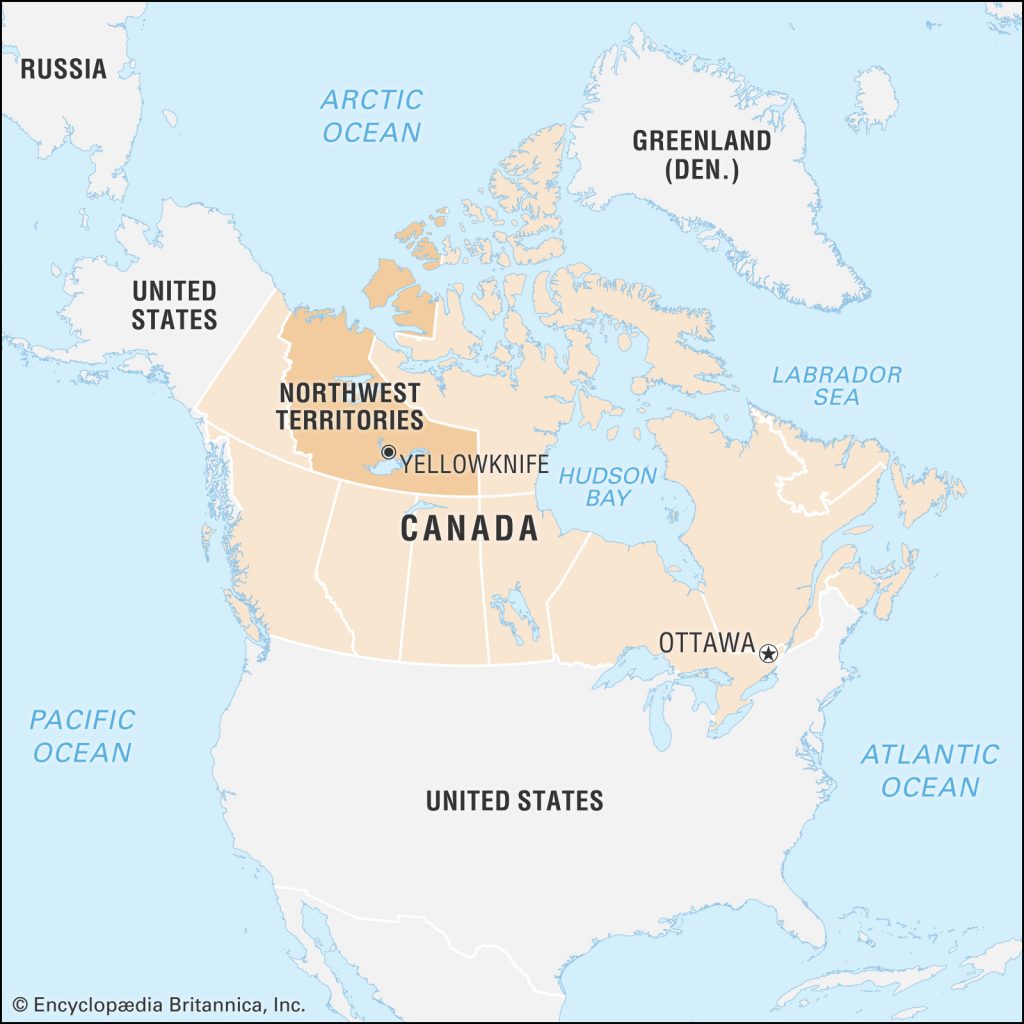
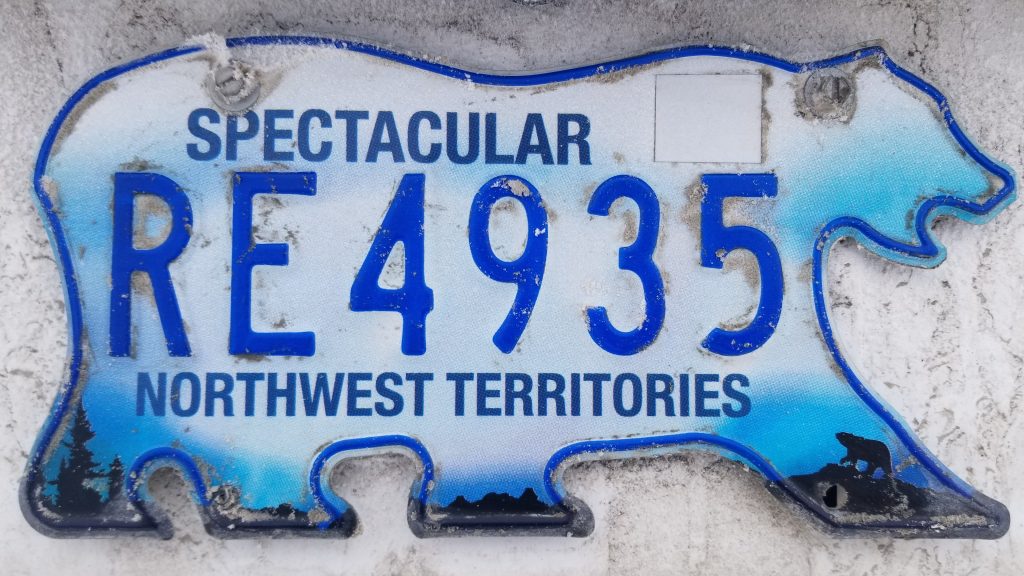

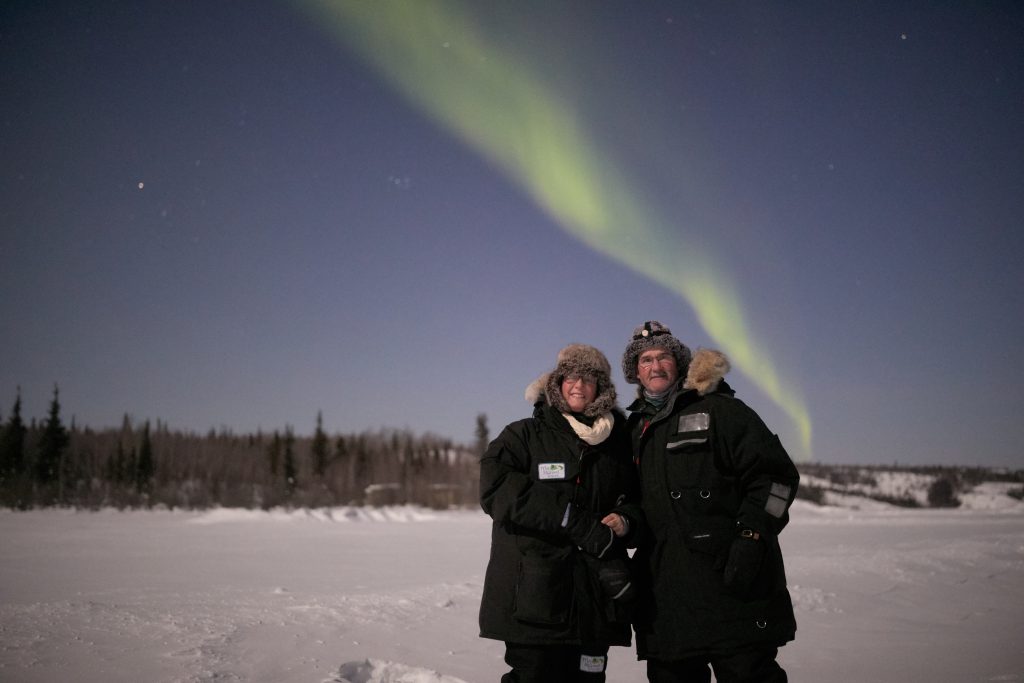
We stood there motionless on a frozen lake just north of Yellowknife, Northwest Territories in Canada’s far north. Our eyes gazed upward at the waves of green, pink and white that danced and rolled across the moonlit and star-filled night sky. As quickly as the illuminations disappeared from the horizon in front of us, they would appear directly over our heads, or ripple behind us, or sometimes both! The air temperature was -23°F (-30°C), and with each warm breath we exhaled, the moisture on our fogged-up glasses quickly formed ice crystals. I wiped off the cold, pulled back the sleeve of my goose down parka and looked at my watch. It was 12:30 am. I’m not sure why I cared about knowing what time it was at that particular moment, but for some reason I simply wanted to make a mental note of the exact time we first experienced the Aurora borealis, also known as the Northern Lights. I use the word “experienced” because it was more than just “seeing” them. It was being there-together, in that environment, at that exact time. But even as we both managed to snap a few really beautiful photos with cold, draining batteries, there were many moments that we put the cameras and phones away and watched in pure amazement! You couldn’t help it, and you just wanted “the show” to continue all night!

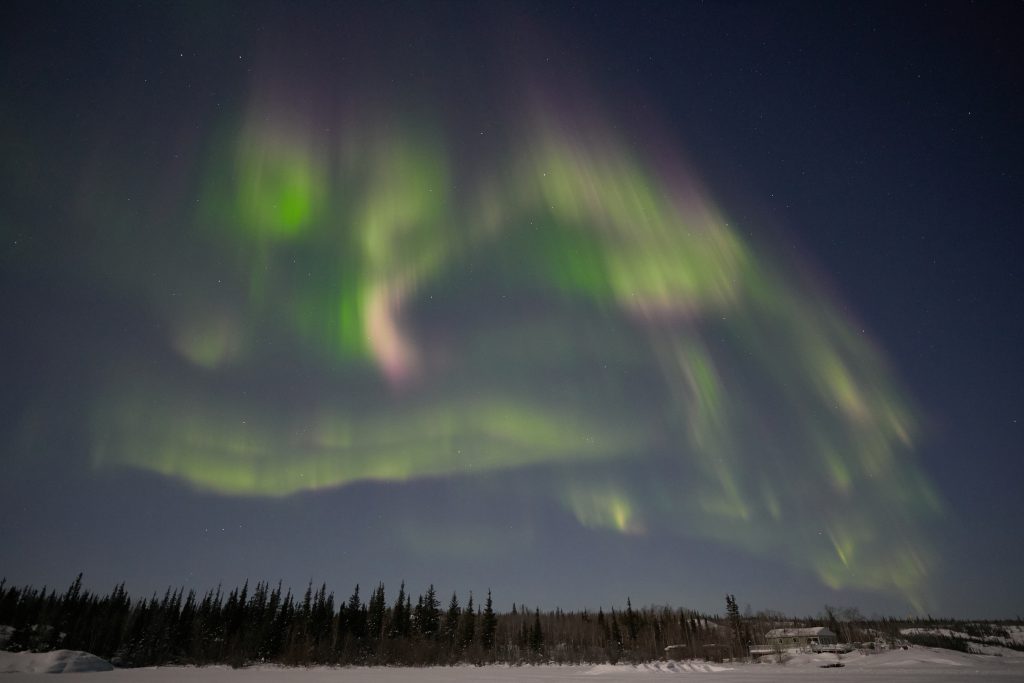
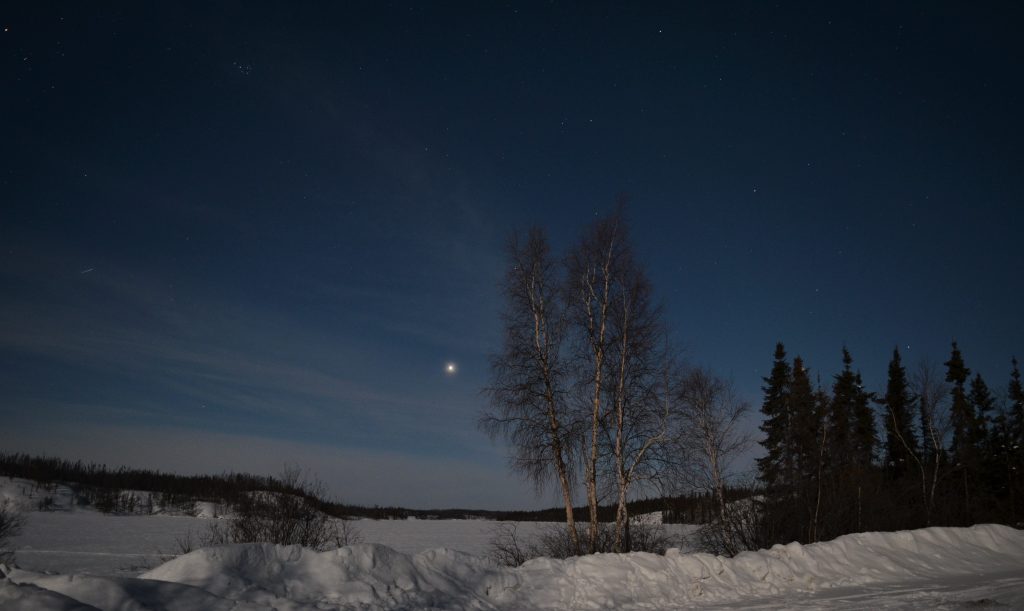
Experiencing this long-awaited bucket list item included many months of planning as to where, when and how to go. Should we hire a guide, go with a pre-arranged tour, or go it alone. In the end, we decided to go with one-man tour company (www.seannorman.com), the “Aurora Chaser,” and it was the best decision we made! Sean enthusiastically shared his passion and knowledge of how this natural phenomenon occurs, and why. Listening to his personal stories and connections to nature and the native culture, it was easy to get excited about his appetite (and addiction) to viewing the Aurora!
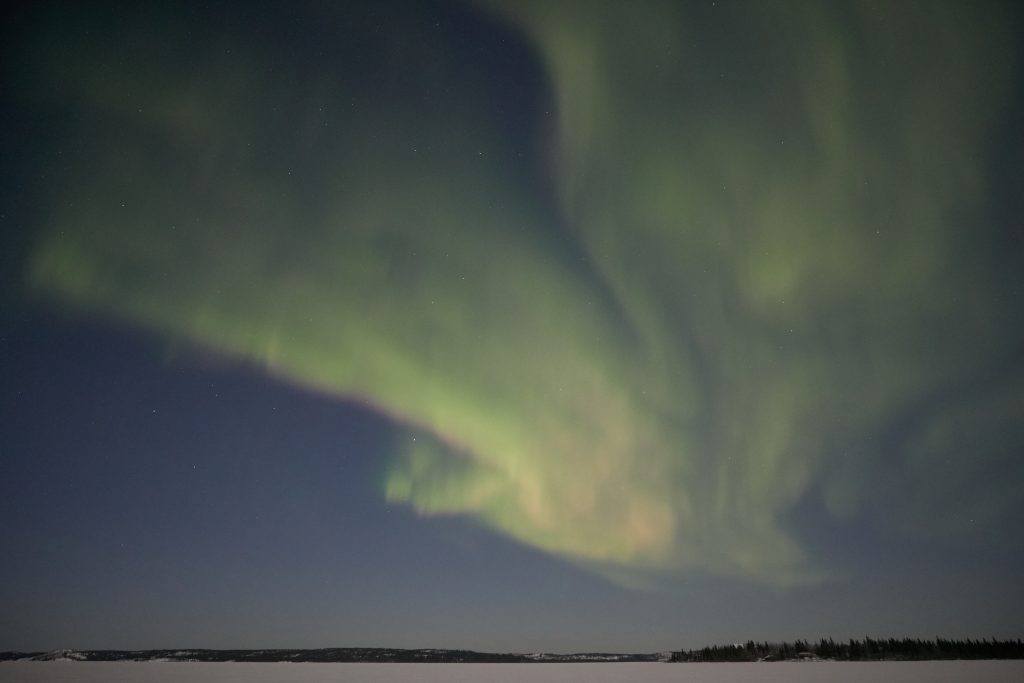
As we learned, the Northern Lights are actually the result of collisions between gaseous particles in the Earth’s atmosphere with charged particles released from the sun’s atmosphere. The lights are seen above the magnetic poles of the northern and southern hemispheres. They are known as ‘Aurora borealis’ in the north and ‘Aurora australis’ in the south. It can happen in a variety of eerie colors, including green, blue, white, pink, and in rarer instances, red and purple. Sean told us in that you can view them in Yellowknife from August through April, but you must have clear skies.


Our adventure to the Great White North was not limited to just the wonderful nightly display of the Aurora. Yellowknife had much more to offer during our visit to this frozen destination in March. We also explored some of the remote territorial parks in search of a few of the native birds and other wildlife.
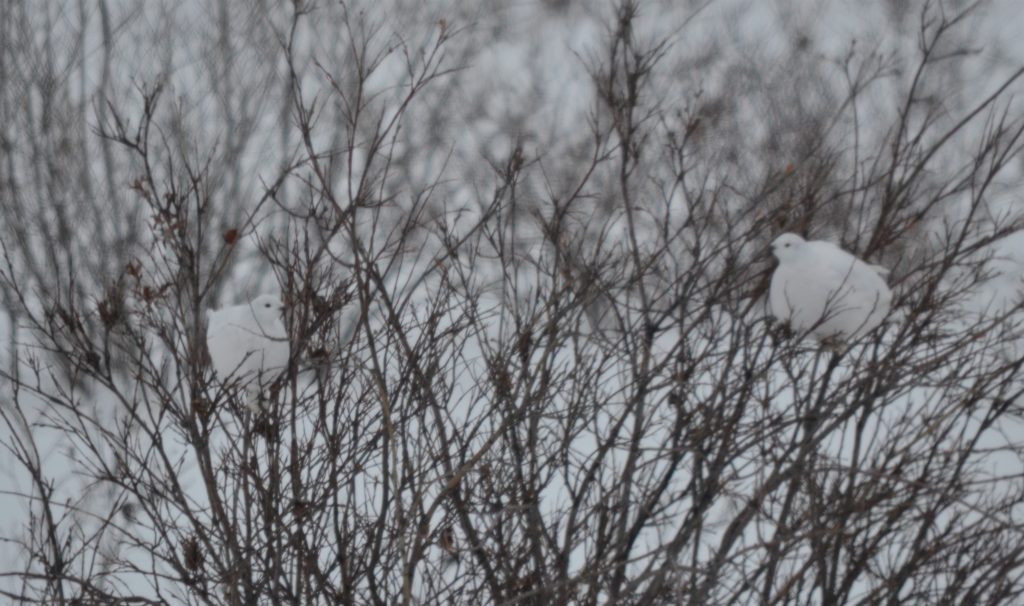
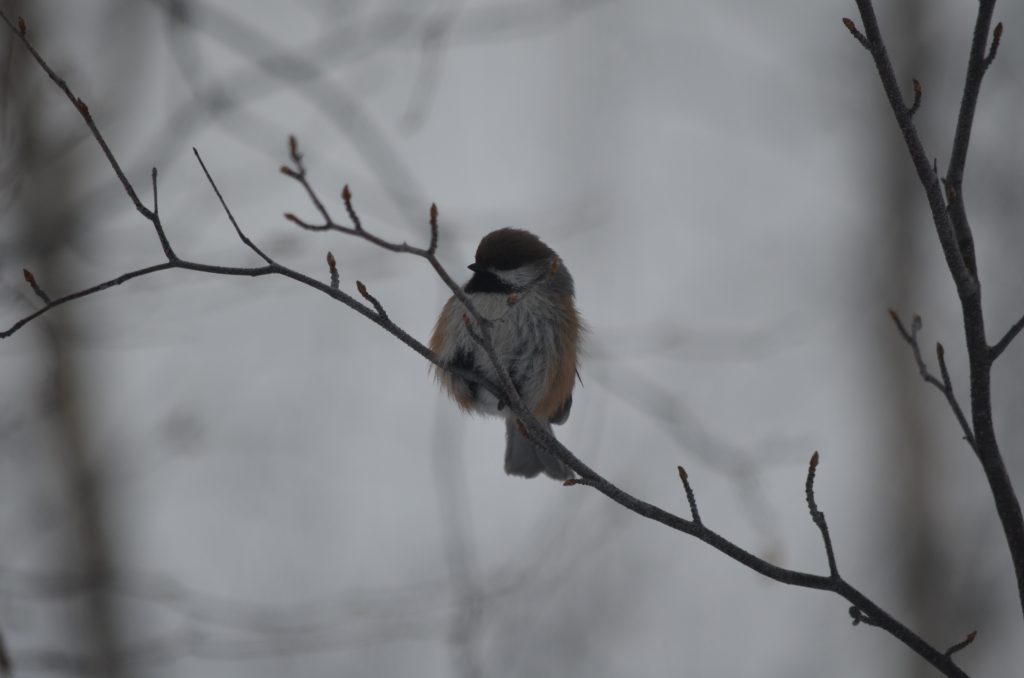

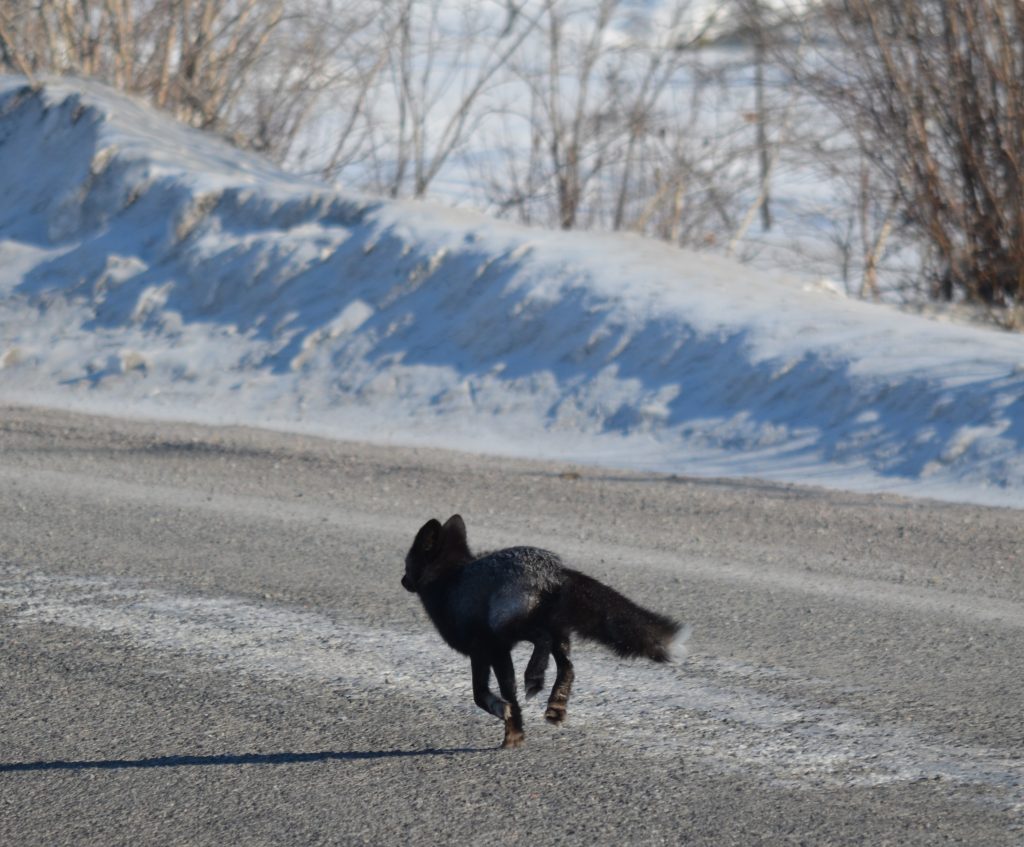
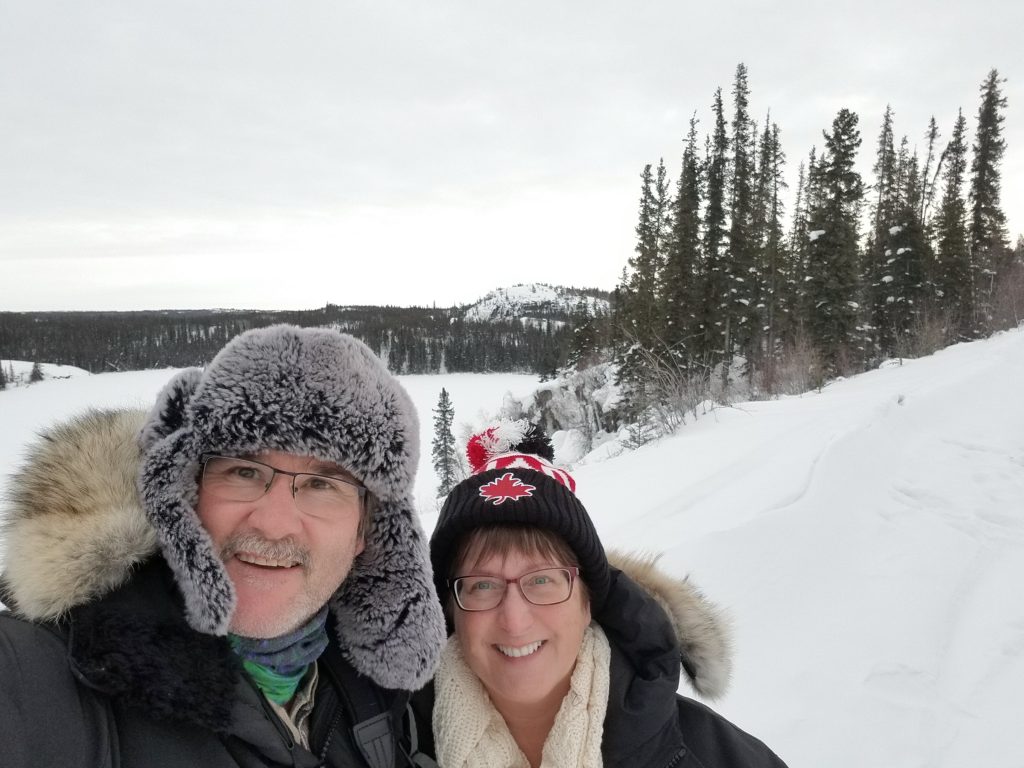
We learned about the history of the region, the animals that live in the boreal forest and the rich culture of the indigenous Dene people at the Prince of Wales Northern Heritage Centre.
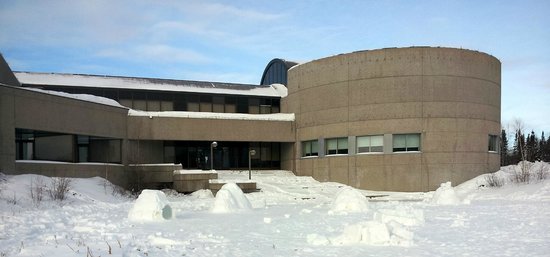
Our travels found us driving down the Dettah Ice Road on Great Slave Lake and we discovered the annual Snow King Ice Castle Festival. In between, we enjoyed the local food and met some great people! As cold as the temps were, Yellowknife was warm and welcoming! We stuffed a lot into our 5 days in Canada, which also included a quick side trip from Calgary, Alberta to Lake Louise in Banff National Park, to take in a little snowshoeing in the Canadian Rockies.
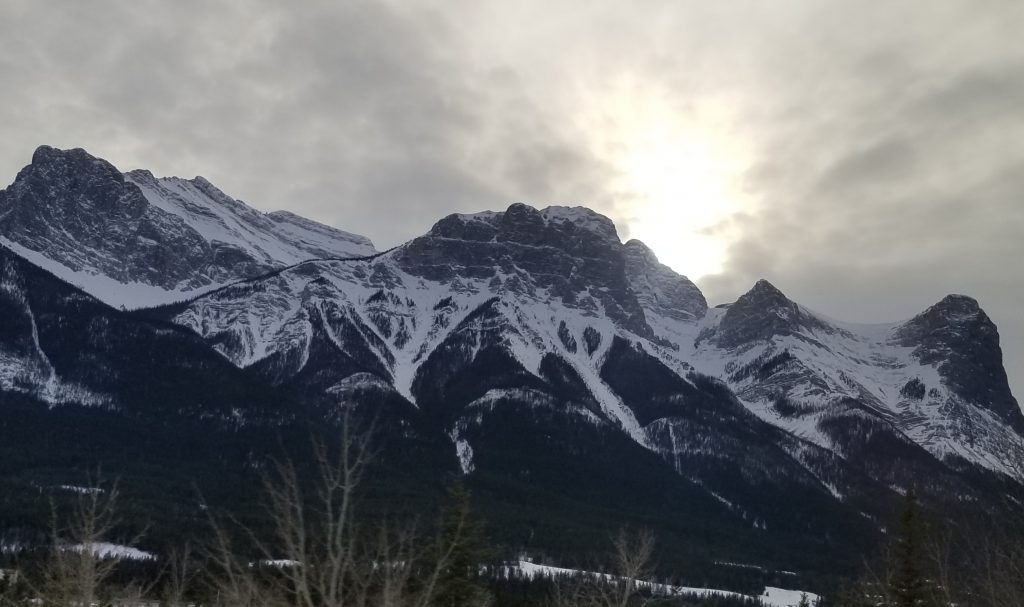
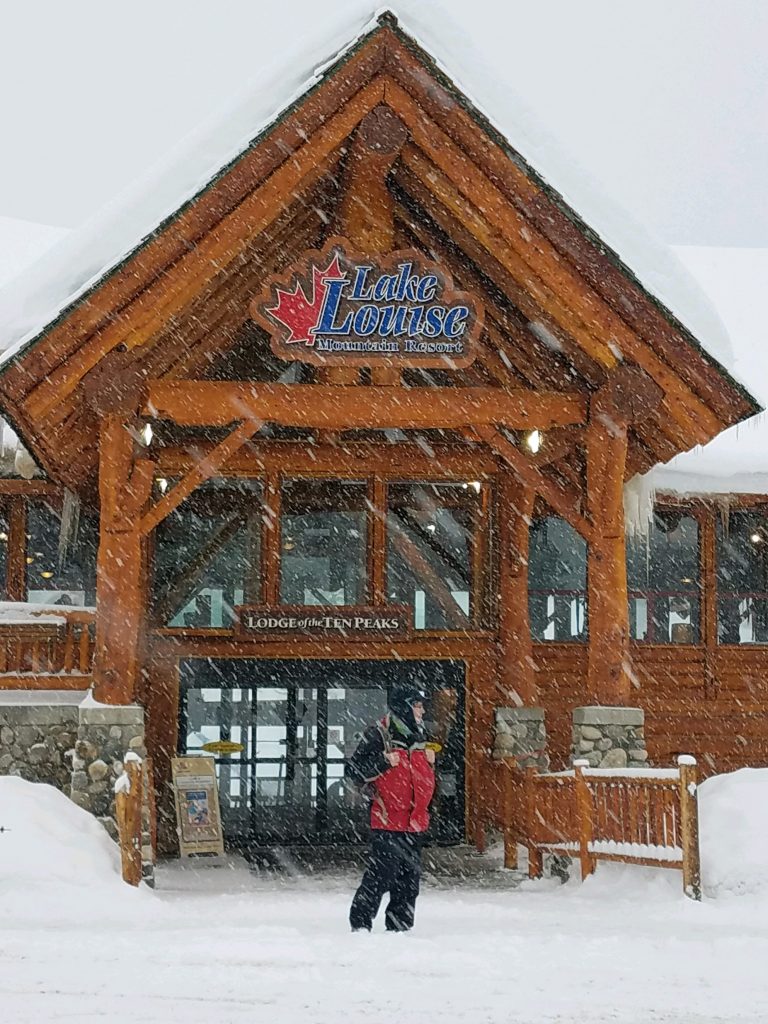
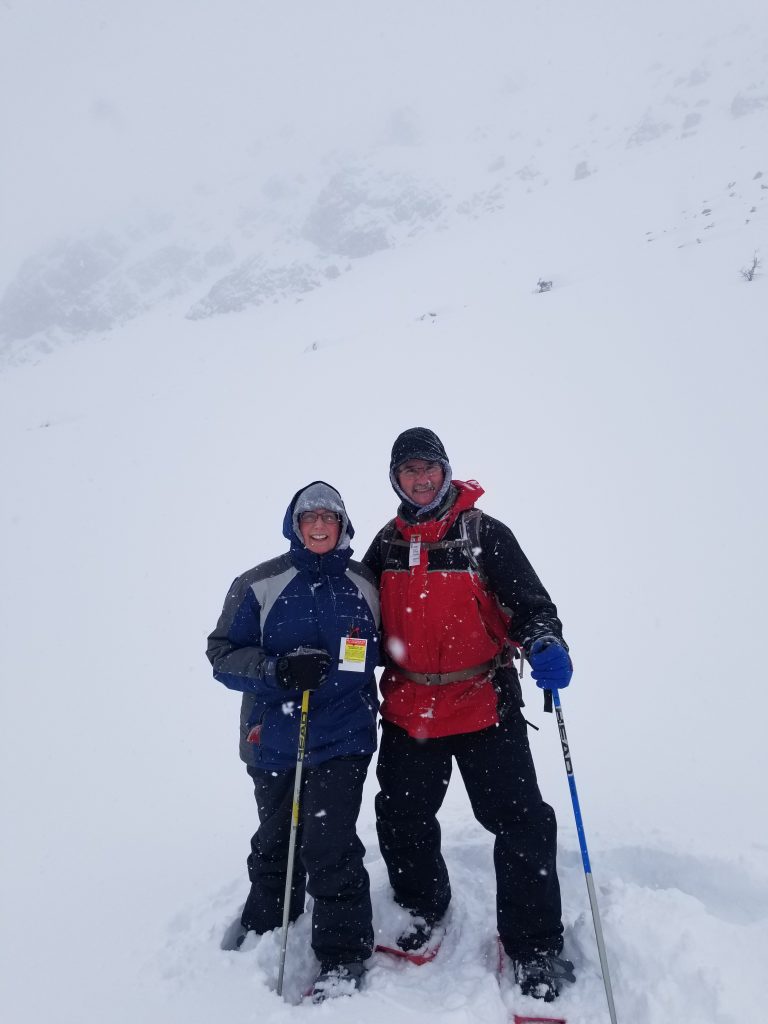
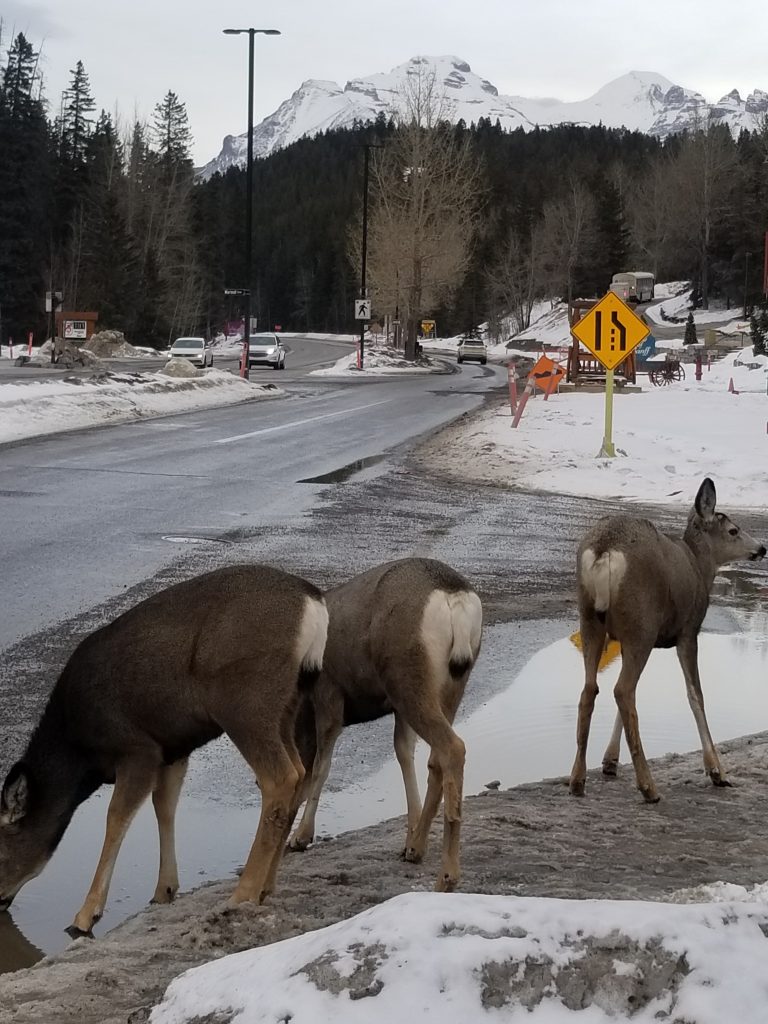
Our packed schedule was a bit hectic at times, but mostly it was a fun, fantastic trip with memories we’ll have for a lifetime……and oh, those lights, those beautiful Northern Lights! Cheers!